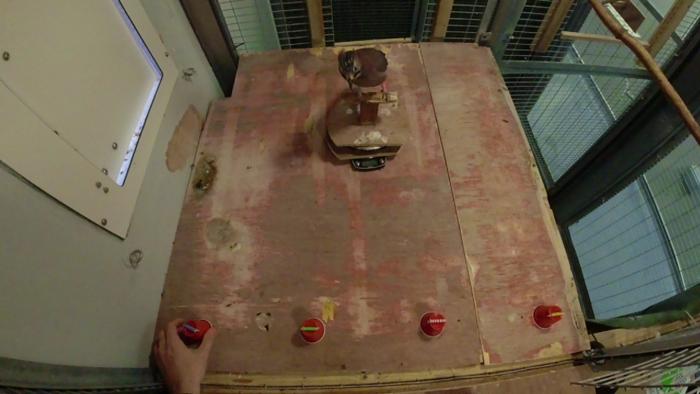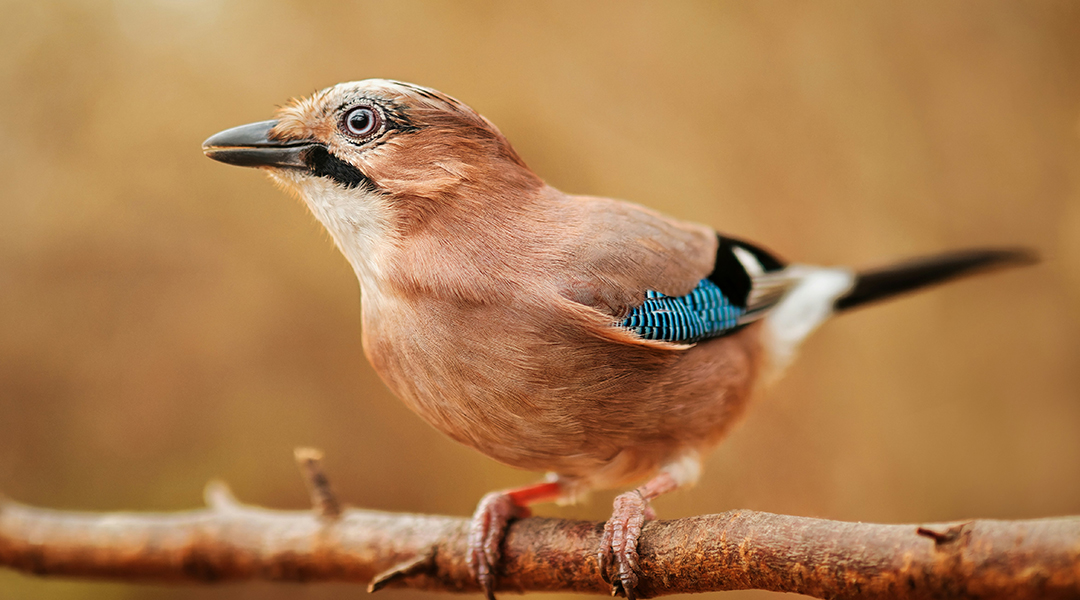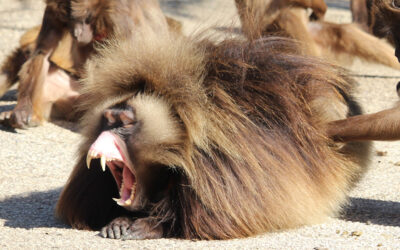Every memory you have is interwoven with rich personal detail, from the smell in the air to the clothes you were wearing. These fragments of information combine to make the uniquely human experience — or so we thought.
New findings from researchers in Cambridge and Singapore have shown that Eurasian jays, a species in the famously intelligent crow family, can remember incidental details of past events, just like us.
According to the team led by Nicola Clayton, professor at the University of Cambridge, humans remember events through a feat of mental time travel, transporting our consciousness into the past to recall a whole scene — or episode — rather than isolated facts alone.
This is particularly challenging to study in animals. “Evidence for conscious episodic recall in humans is centered around language-based reports and there are currently no agreed upon non-linguistic behavioral markers of consciousness,” wrote the scientists in their paper.
Since we can’t ask birds about their memories, a different approach is needed. The team therefore centered on one key facet of complex memory: incidental details.
Episodic memory
Our colorful memories include details irrelevant to our primary focus. For example, you might remember what your friend was wearing at a party even though you were really focused on the snacks, or the wallpaper in a dentist waiting room when you were primarily worried about your appointment. Might birds recall incidental details as well?
The team set up an experiment with seven jays to find out. The birds were first presented with four identical cups and trained to identify the one hiding food according to its position in line. Next, the team added visual markers to the four cups and repeated the process. At this stage, the visual markers had no bearing on the food location, so the birds could effectively learn to disregard this information.
Then came the real test: the birds again saw the researchers hide the food, and were then removed for 10 minutes. While they were gone, the cup positions were switched. On return the birds correctly identified the right cup 70% of the time, following the visual markers that they had previously understood to be meaningless.

“As the jays were able to remember details that held no specific value or relevance at the time that the memory was created, this suggests that they are able to record, recall, and access incidental information within a remembered event,” said the lead author James Davies from the University of Cambridge. “This is an ability that characterizes the type of human memory through which we mentally ‘relive’ past events (or episodes), known as ‘episodic’ memory.”
Making meaningful memories
Jays are food storers, carefully hiding meals to retrieve in the future. It’s, therefore, no surprise that they have good memories.
This research, building on previous revelations about the birds’ intelligence, shows the capacity for mental flashbacks — transporting themselves back to a particular moment in time and recalling all the complex information that includes.
In this case, this was remembering the distinct appearance of the food cups even though as far as they had been trained, the appearance was irrelevant to the location of the food. This is akin to true remembering, like recalling the time you hid some food and details, like the weather or smells, rather than simply knowing a fact, such as just where food is.
This study shows that jays can encode, retain, and recall incidental visual information in an event, but the researchers hope next to test similar patterns of recall in interactions not related to food caching, such as in response to social cues.
This could reveal an even closer link to the way we experience the world, and contribute to the growing evidence of complex thought patterns across the animal kingdom that is forcing a rethink of how we view the experience of other animals.
Beyond the philosophical implications and the relevance to the evolution of consciousness, this work can also act as a model for investigating mental capacity in other species — an important area for research, particularly with a view to improving understanding of conditions such as Alzheimer’s disease.
For now, the findings provide one more reason to admire and respect these beautiful birds, and are a reminder that the featherbrains might be brighter than you think.
Reference: James R. Davies, et al., Eurasian jays (Garrulus glandarius) show episodic-like memory through the incidental encoding of information, PLoS ONE (2024). DOI: 10.1371/journal.pone.0301298
Feature image credit: Łukasz Rawa on Unsplash














